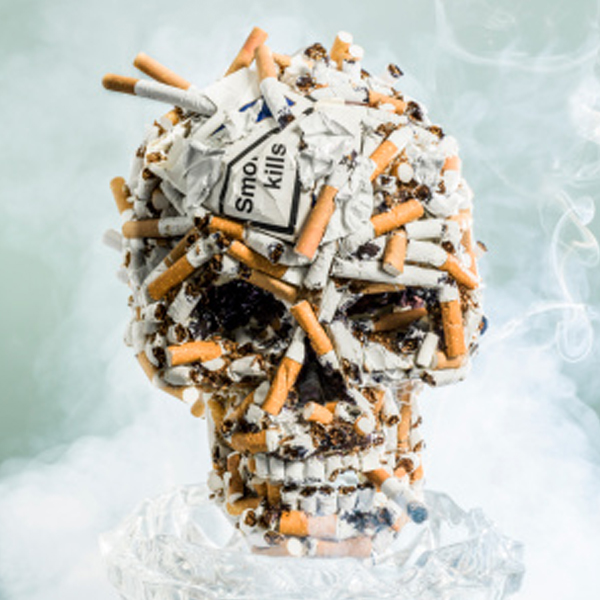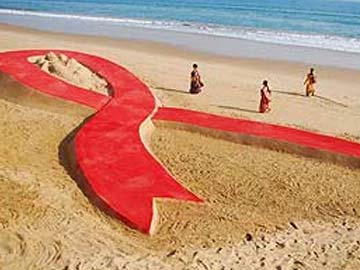
As Indians, we are constantly worried about tanning. Understanding the process of tanning is important to prevent it and treat it in the future. So, instead of opting for the expensive de-tan or fairness facials, you could try using some natural methods to get rid of the tan. Here are three natural ways to do so. But before that, let’s understand a few basics of why does our skin tan.
Why do we tan?
It‘s simple, tanning is your body’s way of protecting your internal organs from damage brought on due to exposure to UV rays of the sun. Known to cause serious conditions such as cancer, UV rays are extremely dangerous to our internal organs as well. To help keep them from entering the body, our skin produces a pigment called melanin. On exposure to the sun, the skin automatically sends this pigment to the surface to help fight off the damage – the greater the sun exposure, the darker the melanin turns. This is because the sunlight breaks down the melanin leading to it getting oxidized and darkening the skin.
Why do some people tan more than others?
The amount and degree of darkness of melanin present in one’s body is determined by one’s genes. For example, people who are genetically fair, will have lesser and lighter melanin than darker people for whom the amount and color of melanin will change. What further worsens the situation is the fact that different people have different types of skin (varying in thickness and sensitivity); this again is a deciding factor for the amount of tanning.
How can home remedies help?
Lemon and glycerin face pack: This is a bleaching, blemish removal and skin softening pack. It can be made and stored for about three weeks. All you have to do is take about five tablespoons of glycerin and add the juice of one lemon to it. Make sure the consistency of the solution is not too thin. Now, apply this on your face – avoiding the areas around your eyes – and neck every night after washing your face with your regular face wash. Leave on for about half-an-hour and wash off with cold water. Make sure you gently pat dry. This pack gives best results when left on overnight. It will not dry and stretch your skin and will make your face glow the next morning. You can even apply this pack on your hands and legs to get rid of tanning on them. Use this pack on a daily basis to see considerable difference in about one week.
Besan bleaching face pack: This is a scrub and facial glow pack all rolled into one. Take about two tablespoons of besan, add a pinch of haldi (the type that is used for application and not for cooking), a few drops of lemon juice and some milk (if you have very dry skin). You can add crushed orange peel to the mix for an added scrub effect. If you don’t have orange peel, use crushed masoor or moong ki daal to the mix. Now, mix all the ingredients and make it a paste by adding cool rose water. Apply this paste all over your face and neck, carefully avoiding the areas around your eyes. Allow this to remain on the face till it dries up partially. Once dry, wet your hands and pat the areas that have dried out. This will make the area soft. Now, gently scrub your face and then wash away. This pack will give you glowing and supple skin. Continue doing this on a daily basis for a week to notice considerable difference.
Multani mitti and aloe vera face pack: This pack is great to soothe irritated and tanned skin. The aloe vera present helps to heal acne, remove blemishes, and soothe irritated skin. The multani mitti helps unclog pores and makes the skin glow. To make this pack, mix a few spoons of multani mitti with a tablespoon of aloe vera paste or juice. Add a pinch of haldiand make it a smooth paste. Add chilled rose water to dilute the pack. Apply this on your face and neck leave on for about fifteen minutes or till it dries. Pat with a wet hand to loosen the dried portions and scrub the face in gentle circular motions. Wash your face with cool water and pat dry. Use this face pack twice a week for desired results
Finally, while home remedies may seem a bit messy and time consuming, it is the best way to rid you of the tan without the side-effects of chemicals. Plus, it is much lighter on the pocket.
Source: health India







 New Delhi: A team of doctors, led by Dr Vivek Nangia, head and director – pulmonology, at Fortis Flt Lt Rajan Dhall Hospital here, have treated a critically ill patient suffering from interstitial pulmonary fibrosis (IPF) and chest infection resulting in ARDS (acute respiratory distress syndrome) using extra-corporeal membrane oxygenator (ECMO). This makes her the first and the only IPF patient in India to survive after being mechanically ventilated and weaned off using ECMO, according to the doctors.
New Delhi: A team of doctors, led by Dr Vivek Nangia, head and director – pulmonology, at Fortis Flt Lt Rajan Dhall Hospital here, have treated a critically ill patient suffering from interstitial pulmonary fibrosis (IPF) and chest infection resulting in ARDS (acute respiratory distress syndrome) using extra-corporeal membrane oxygenator (ECMO). This makes her the first and the only IPF patient in India to survive after being mechanically ventilated and weaned off using ECMO, according to the doctors.




 Diseases like malaria and jaundice have claimed 20 lives since last week in Longding district of Arunachal Pradesh, an official report said today.
Diseases like malaria and jaundice have claimed 20 lives since last week in Longding district of Arunachal Pradesh, an official report said today. Information and Public Relation Department, Thangwang Wangham, said that the situation is alarming as every day new cases are being reported.
Information and Public Relation Department, Thangwang Wangham, said that the situation is alarming as every day new cases are being reported.